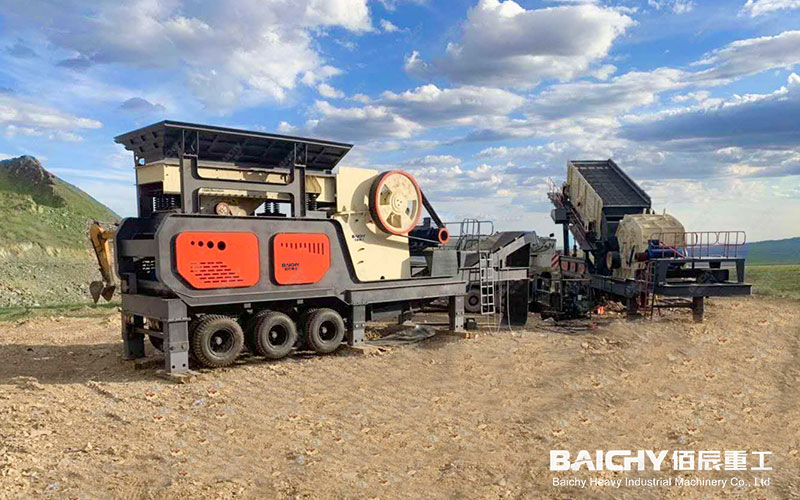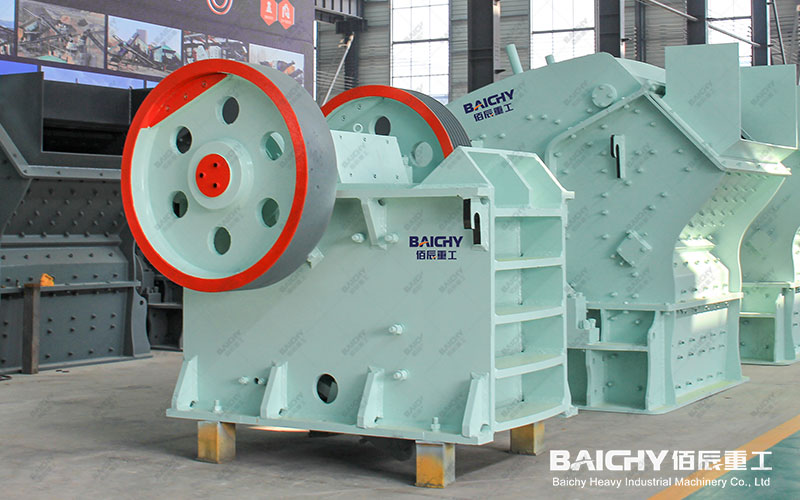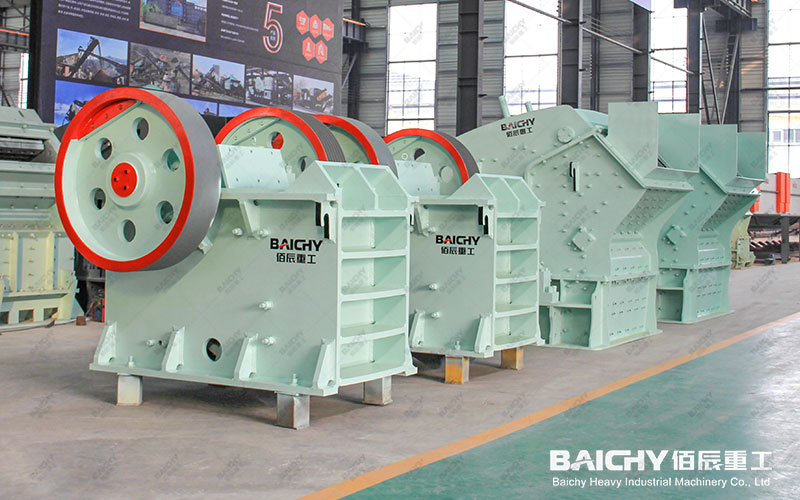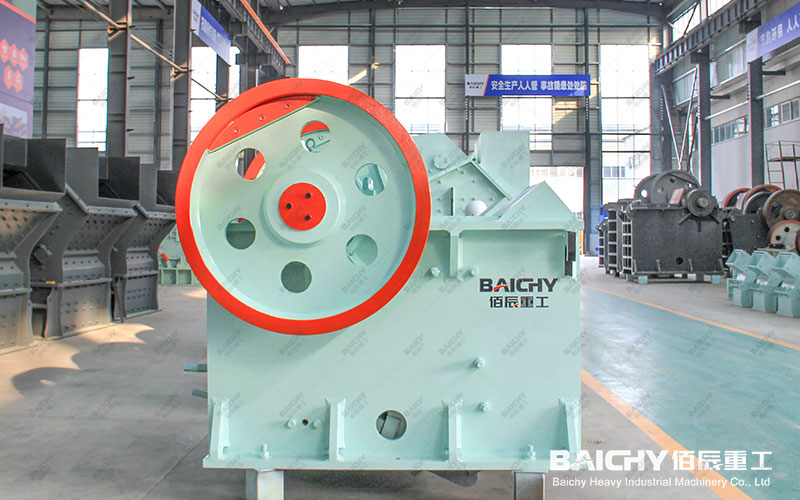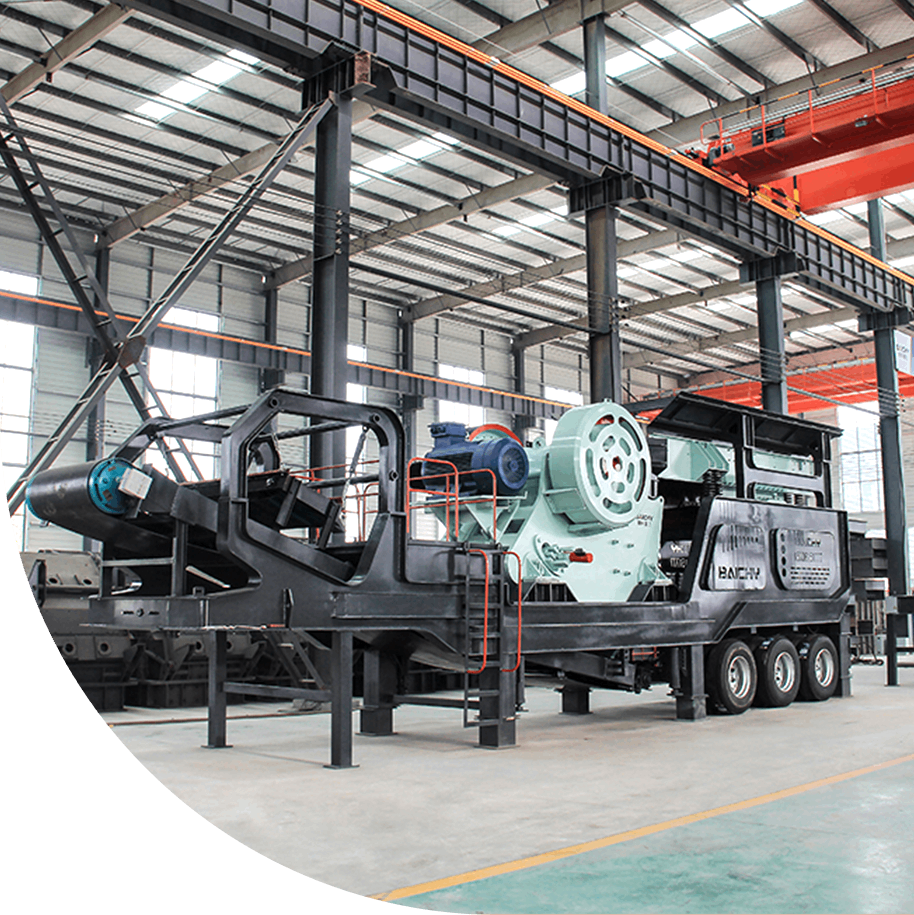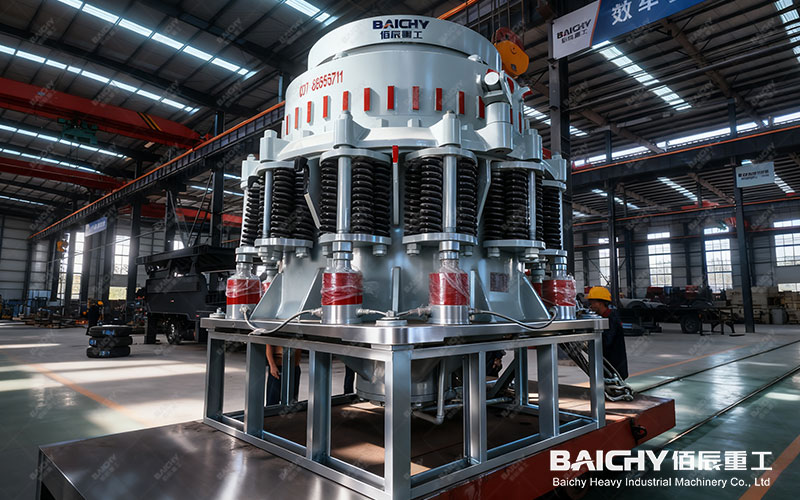
Cone crushers are the heart of mining and sand and gravel aggregate production lines, and the health of their wear parts directly determines the stability and operating costs of the entire system. Are you troubled by problems like rapid liner wear, frequent bearing failure, and unplanned downtime? These issues are often more than just component failure; they harbor deeper underlying problems. This article systematically analyzes common problems with cone crusher wear parts, pinpointing the root causes and providing comprehensive solutions, from rapid response to long-term prevention, to help you reduce costs and increase efficiency.
1. Core Warning: Abnormal Signals from the Mortar and Crusher Walls
The mortar wall (fixed cone liner) and crusher wall (moving cone liner) are the first to encounter direct material friction. Their wear patterns provide the most intuitive reflection of the equipment's operating condition.
• Problem 1: Abnormal Wear (Eccentric Wear, Depression, Cracking)
◦ Typical Symptoms: Severe wear on one side of the liner, or the appearance of localized pits or cracks, rather than a uniform, smooth wear surface.
◦ Root Cause Diagnosis:
1. Uneven Feeding: The material is not evenly distributed through the distribution plate, resulting in excessive load on one side of the crushing chamber.
2. Foreign Object Intrusion: Uncrushable objects such as ironware and drill bits are mixed into the material mix, causing impact pitting.
3. Excessive Feed Particle Size: Large pieces of material exceeding the design limit generate significant localized impact forces.
• Problem 2: Service Life Far Shorter Than Expected
◦ Typical Symptom: The replacement cycle is significantly shorter than the reference value in the equipment manual or the industry average.
◦ Root Cause Diagnosis:
1. Incompatible Material Characteristics: The abrasiveness and hardness of the material exceed the tolerances of the liner material.
2. Incorrect Operating Parameters: The closed-side discharge opening is set too small, resulting in poor lamination crushing performance, increased sliding friction, and increased wear.
II. Operational Hazard: "Fatal Burns" of Bearings and Copper Sleeves
The bearings and copper sleeves are the "joints" that support the precise operation of the moving cone. Lubrication problems often lead to catastrophic consequences.
• Problem 1: Damage to the Cup Bearing (Thrust Bearing)
◦ Typical Symptoms: Abnormally high operating current, increased noise, temperature alarms, and even sudden locking.
◦ Root Cause Diagnosis:
1. Poor Lubrication (Primary Cause): Low oil level, deteriorating oil quality, clogged oil lines, or oil pump failure.
2. Seal Failure: Dust intrudes into the lubricant, forming abrasives and accelerating wear.
• Problem 2: Burning and Wear of the Eccentric Copper Sleeve/Body Bushing
◦ Typical Symptoms: Spindle locking, equipment inability to start, or excessive clearance between the moving cone and the oscillating cone.
◦ Root Cause Diagnosis:
1. Interrupted or Insufficient Oil Supply: Failure to form a complete oil film leads to high temperatures caused by dry friction.
2. Poor Oil Cleanliness: Tiny solid particles scratch delicate mating surfaces.
3. Targeted Solutions: Providing Long-Term Solutions and Maintenance Guides
After identifying the root cause, a systematic, combined approach is needed to address the issue.
1. Optimizing feeding is a prerequisite.
◦ Uniform feeding: Ensure the vibrating feeder operates properly and that the material lands accurately in the center of the distribution plate.
◦ Strict impurity removal: Install a strong magnetic iron remover at the head of the conveyor belt and regularly inspect and clean it.
◦ Particle size control: Strictly monitor the output particle size of the upstream crusher to prevent the entry of out-of-specification materials.
2. Ensuring lubrication is vital.
◦ Regular inspections: Daily inspect the oil level, oil pressure, and oil temperature, and listen to the sound of the oil pump.
◦ Regular oil changes: Strictly replace the lubricating oil and filter according to the manufacturer's specified cycle, and conduct regular oil quality tests.
◦ Maintain cleanliness: Clean the oil tank, ensure cooler efficiency, and promptly replace damaged seals.
3. Standardized operation and professional maintenance are key.
◦ Proper installation: When replacing the liner, ensure that the zinc filling (or resin casting) is full and dense to prevent loosening.
◦ Parameter optimization: Ideally set the discharge opening and equipment speed based on material and product requirements.
◦ Choose genuine spare parts: Use original or certified spare parts to ensure the correct material and size.
Managing consumable parts for cone crushers is a journey from passive replacement to proactive prevention. By accurately identifying early warning signals from the equipment, thoroughly investigating the root causes of problems, and implementing a scientific preventive maintenance plan, you can effectively extend the life of consumable parts by over 30%, significantly reduce unplanned downtime, and significantly lower overall production costs, generating long-term, stable profits for your production line.




